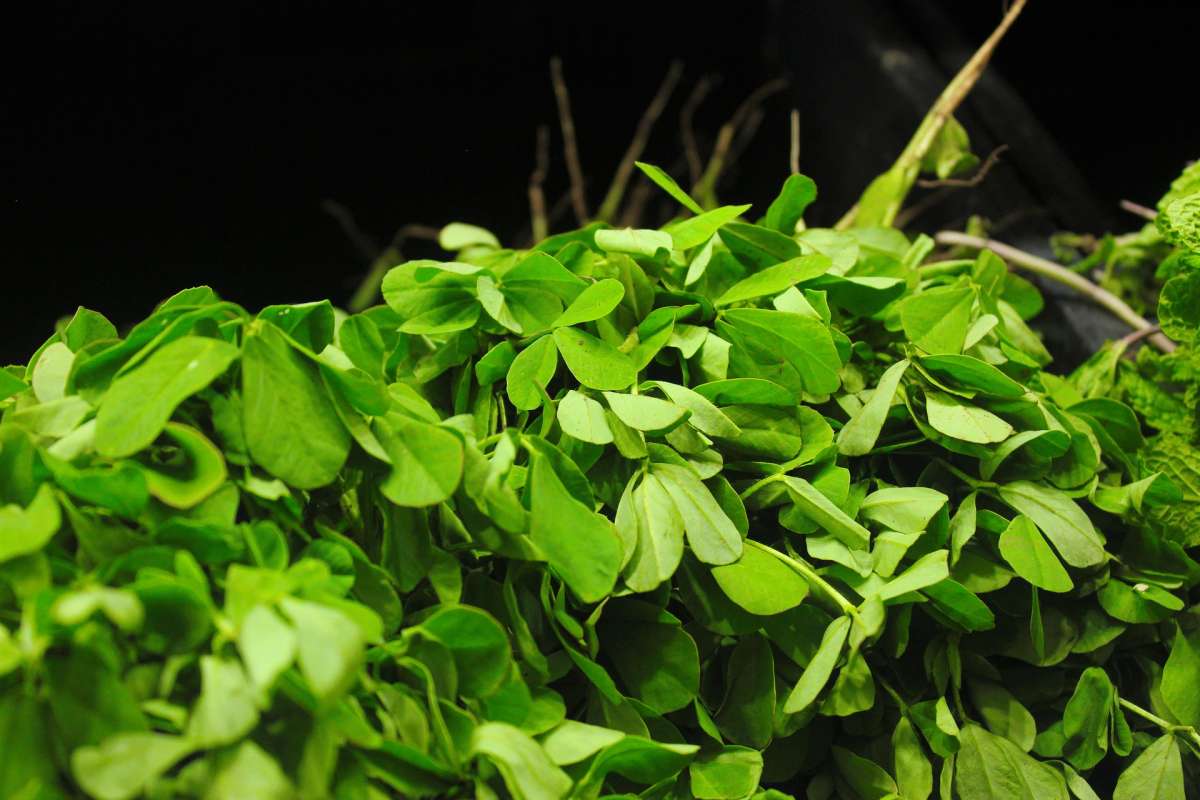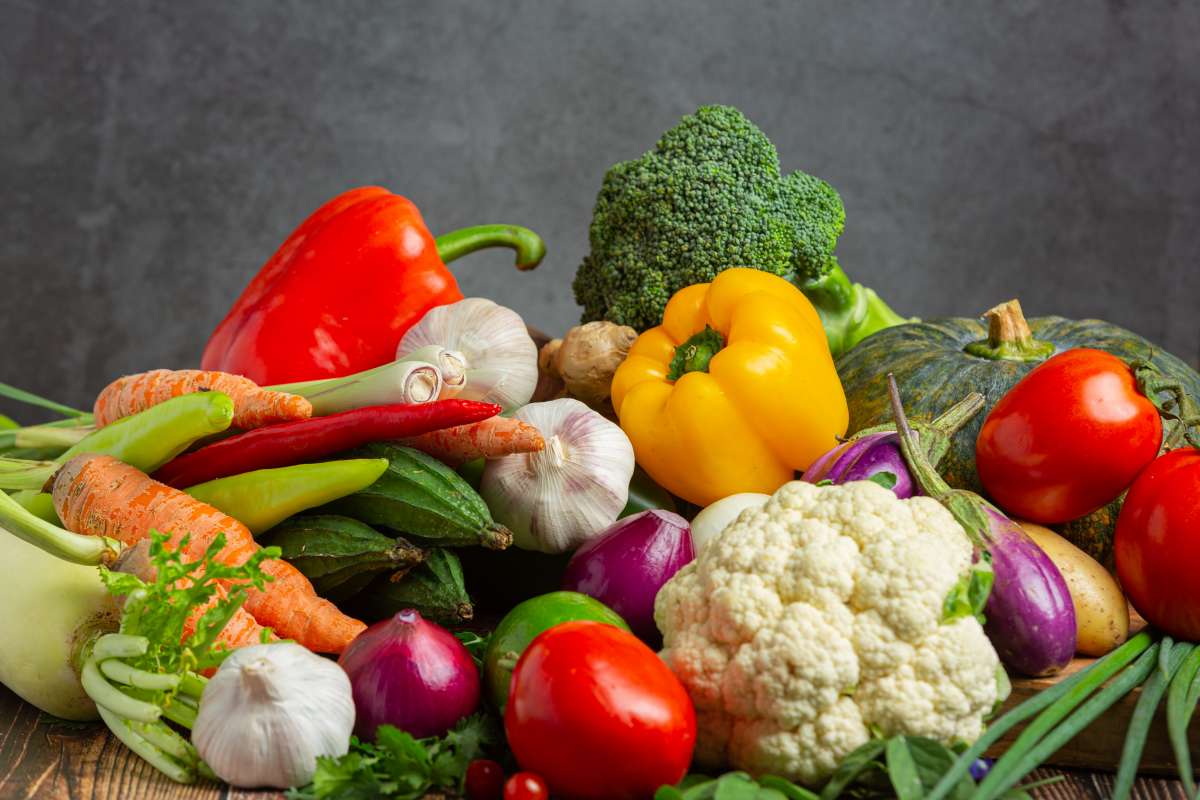Native vegetables to try this monsoon
This monsoon look out for some of these vegetables on your next trip to the market
The Godrej Food Trends Report 2022 predicts the rise of tribal culinary culture in 2022, with greater emphasis on home-grown native cuisines. While plant-based cuisine is on the rise globally, traditional tribal cuisine has always been home to a wide range of vegetables. “Today ‘plant-based’ and ‘vegetables’ are buzzwords globally but have been very ancient traditions in India,” says celebrity Chef Vikas Khanna.
Phodshi
Phodshi is a long leafy vegetable found in Maharashtra during the monsoon. This leafy vegetable grows wildly in the forests and hills in Maharashtra. The lower, white part of the vegetable is chopped and discarded. The vegetable can be cooked into a bhaji or used to make some sumptuous shrimp fritters. First, wash the phodshi properly and chop the smaller leaves. For the sabji, add oil and cook the phodshi in a wok, along with cumin, chilli powder and diced onions. Phodshi takes slightly longer to cook, so sauté it for a few minutes in the wok. Once done, garnish it with some grated coconut and serve along with the chapatti. For the fritters, add chopped phodshi to a batter of besan, rice flour, garlic, and dhania. Add salt, and chilli powder for added spice, followed by the shrimp. Mix well, and deep fry dollops of the batter in Godrej Veg Oil, for the perfect monsoon snack!
Takla

Unlike phodshi, the leaves of the takla vegetable are smaller, reminiscent of methi. Takla is also a native vegetable, found only during the monsoon, and is well known in Ayurveda for its medicinal properties. A leafy green (eaten mostly during Shravan or the period of fasting), the leaves of takla are used and the stems, discarded. To make takla bhaji, wash and chop the leaves (only) into smaller pieces. In a kadhai, heat some oil, and add some chopped onions, tomatoes and boiled jackfruit seeds. Add the chopped takla and let it cook for a few minutes. Finally, add some jaggery, and garnish your bhaji with grated coconut.
Shevla
Dragon Stalk Yam or shevla is grown in the hilly regions of Maharashtra. The long-stalk vegetable feature in the Pathare Prabhu cuisine. Shevale is known for its itchiness, which is set off by the use of a kakada paste (a round amla like vegetable) and tempering. To make a bhaji, peel the outer layer, and cut the lower section, up to the orange section and discard it. Now, chop the shevla into circular pieces. In a wok, temper the vegetable in oil, cumin seeds, kakada paste (made by blending kakada). One can either add boiled val or prawns to the preparation of the sabji, followed by chilli powder, and salt. One can also crush shevla into a paste before adding it to the wok, to make a curry-like version of the bhaji. Garnish the bhaji with grated coconut and serve hot!
Kartoli
The small round kartoli or teasle gourd is a great health food packed with protein and iron. Cut the kartoli into circular pieces, remove the seeds and let it temper in a wok with some oil. Add chilli powder, salt, and garam masala to the sabji and serve it with some hot rotis.
Alternatively, you can also turn it into a fun snack. Set aside the pieces for a few minutes after marinating in some salt. Next, create a batter with rice flour, chilli powder, turmeric powder and salt. Coat the kartoli in the batter and shallow fry the pieces in Godrej Veg Oils.
Do you know some other interesting tribal vegetables? Tell us in the comments section below

